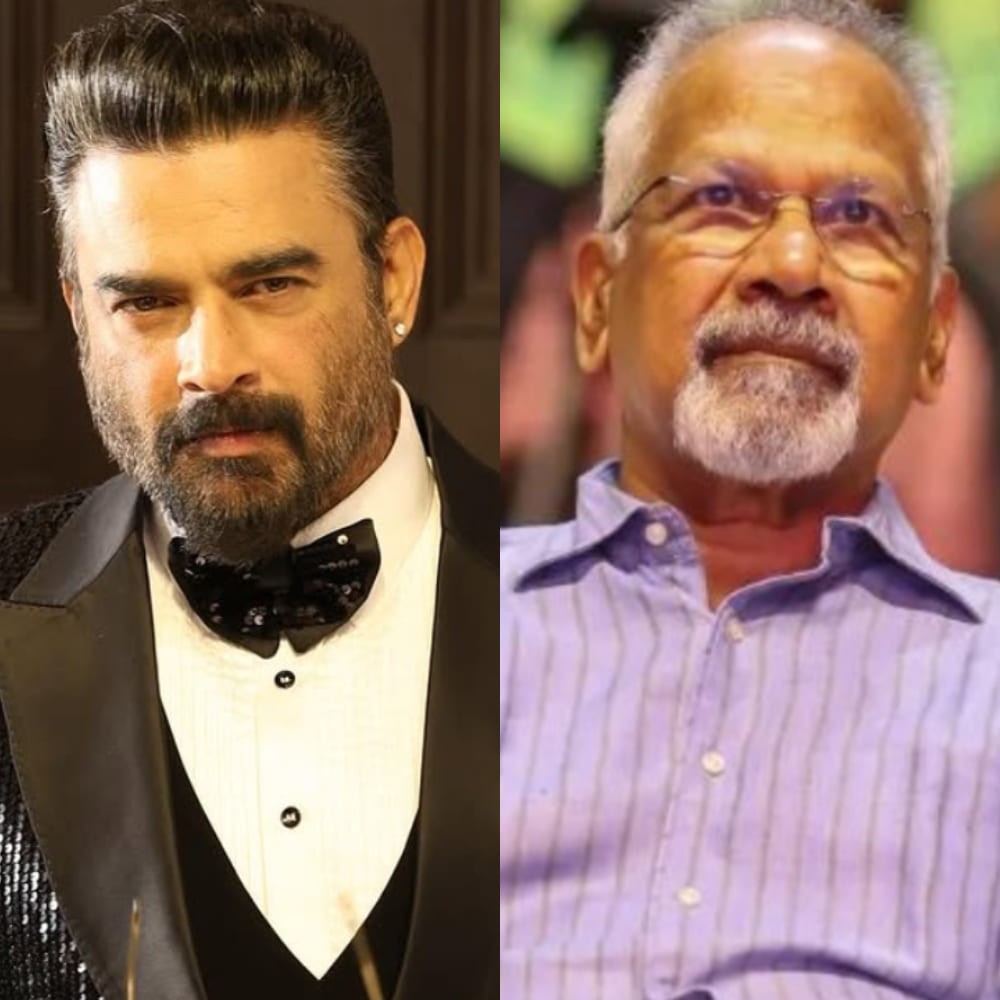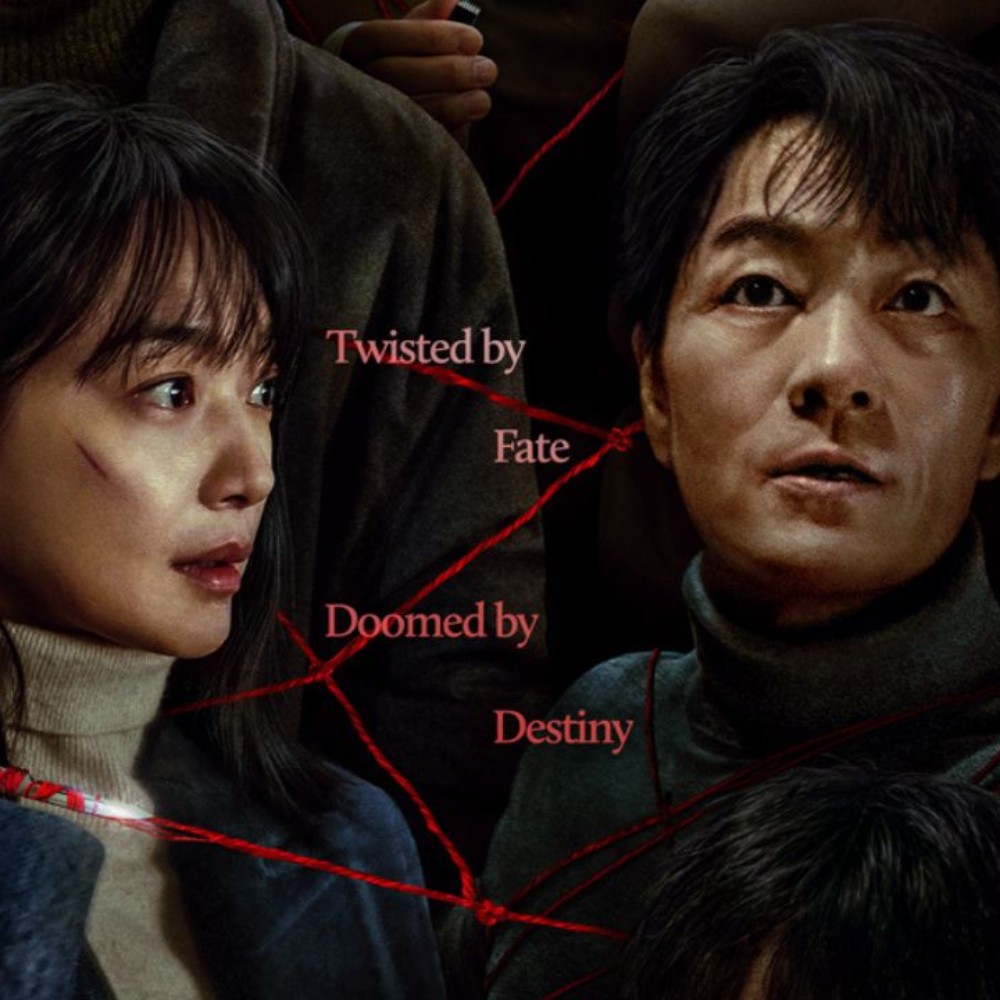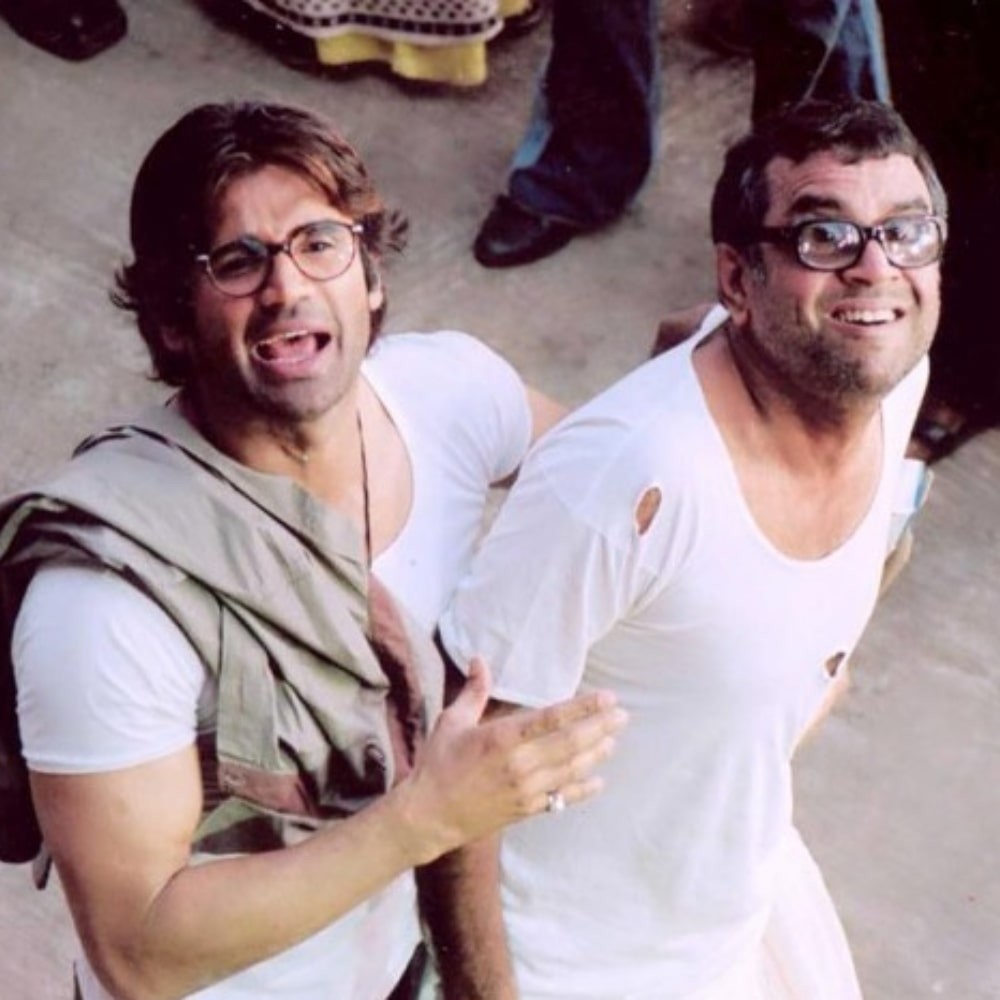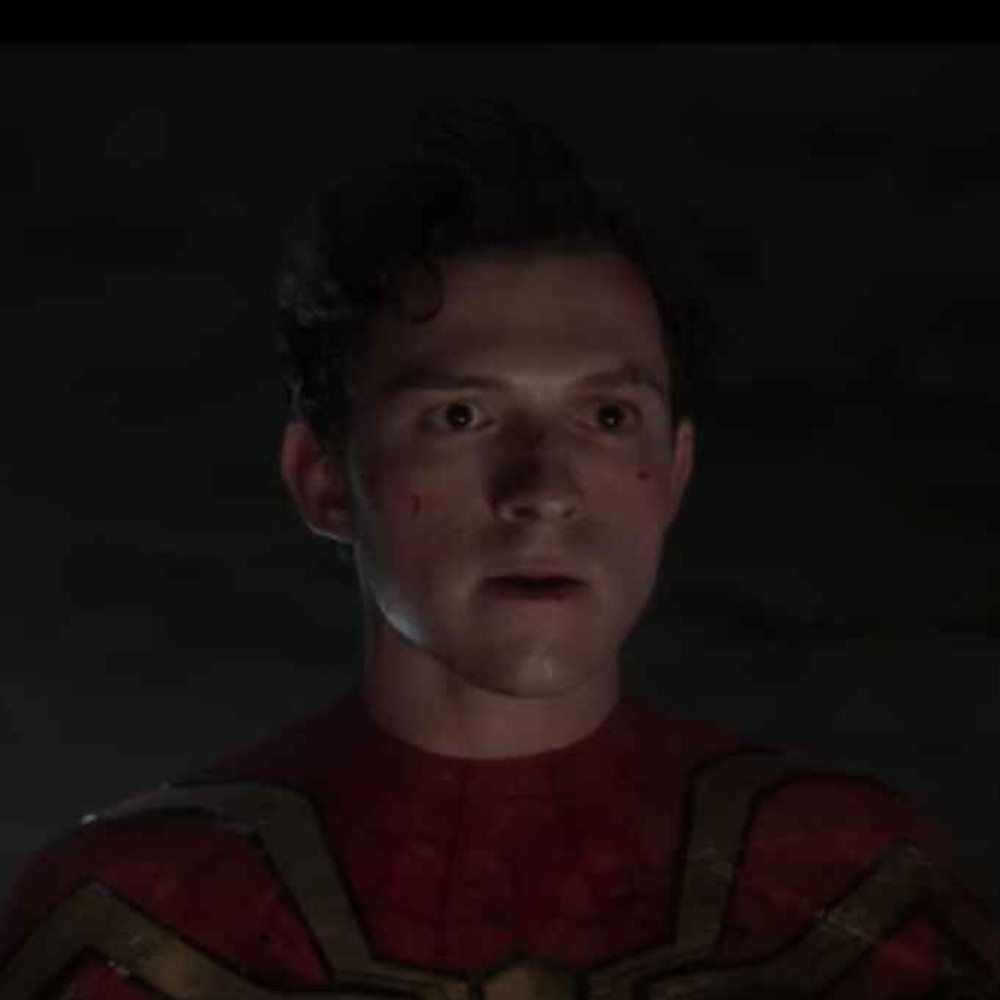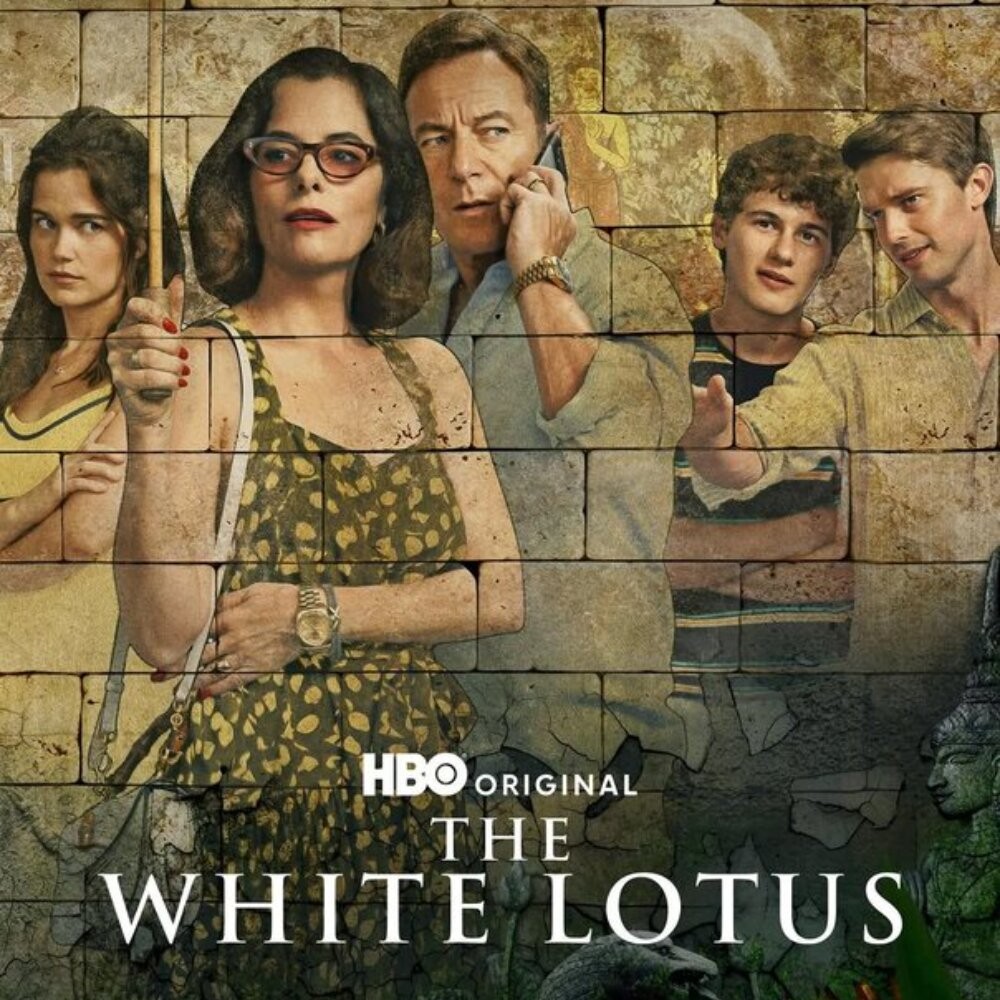The Tattooist of Auschwitz: Is the Miniseries Based on a True Story? Find Out
The Tattooist of Auschwitz portrays the horrors of the Holocaust with unflinching authenticity, focused on Lale Sokolov's experiences in Auschwitz.
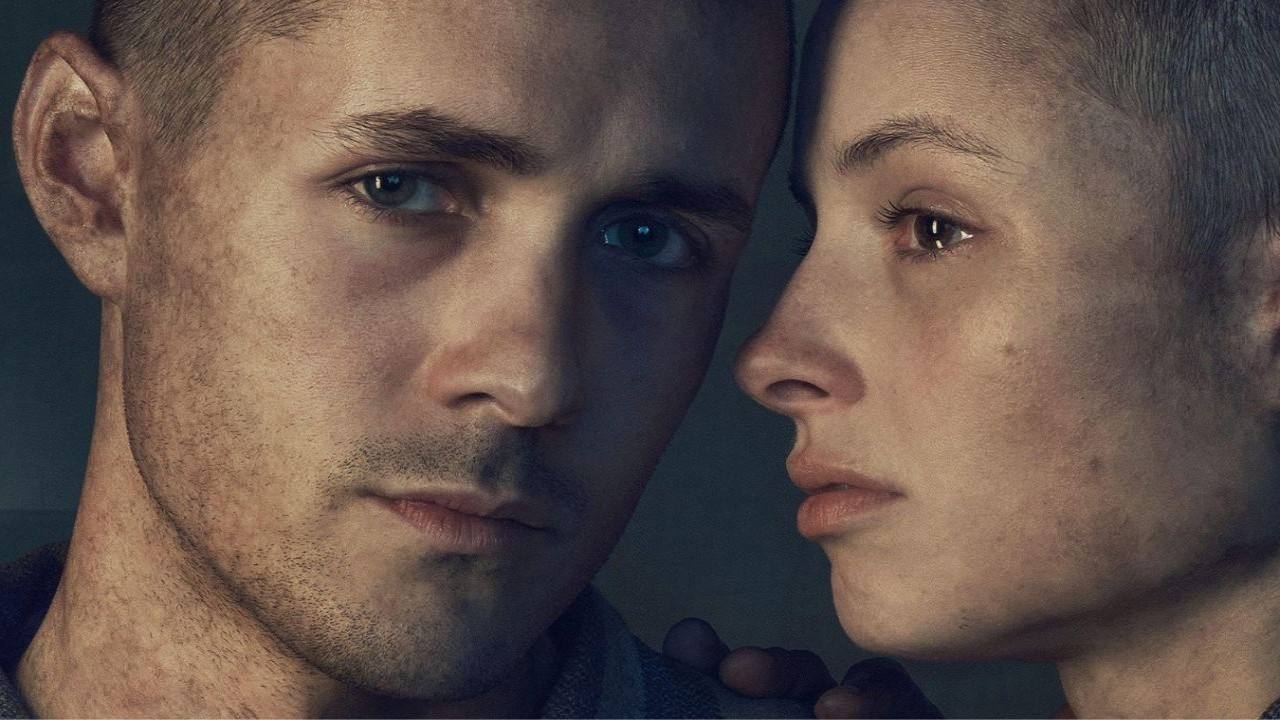
A six-part miniseries on Peacock, The Tattooist of Auschwitz is a true account in the life of one survivor of the Holocaust, Lale Sokolov, told through flashbacks. Based on Heather Morris' bestselling and critically acclaimed book from 2017, the series alleges 95% accuracy in regards to Sokolov. While such a performance of the Holocaust-the most cruel and merciless-is embedded within this series, viewers and critics alike also look at this series under their scrutiny.
In the interview with Guardian, Morris has admitted dramatisation of various incidents. If Sokolov, who died in 2006, had called the experience a love story, here the brutal treatment of the Jewish prisoners is raw and vivid. A material of this kind should be handled by an award-winning director like Tali Shalom-Ezer, but some gaps in the overall story remain.
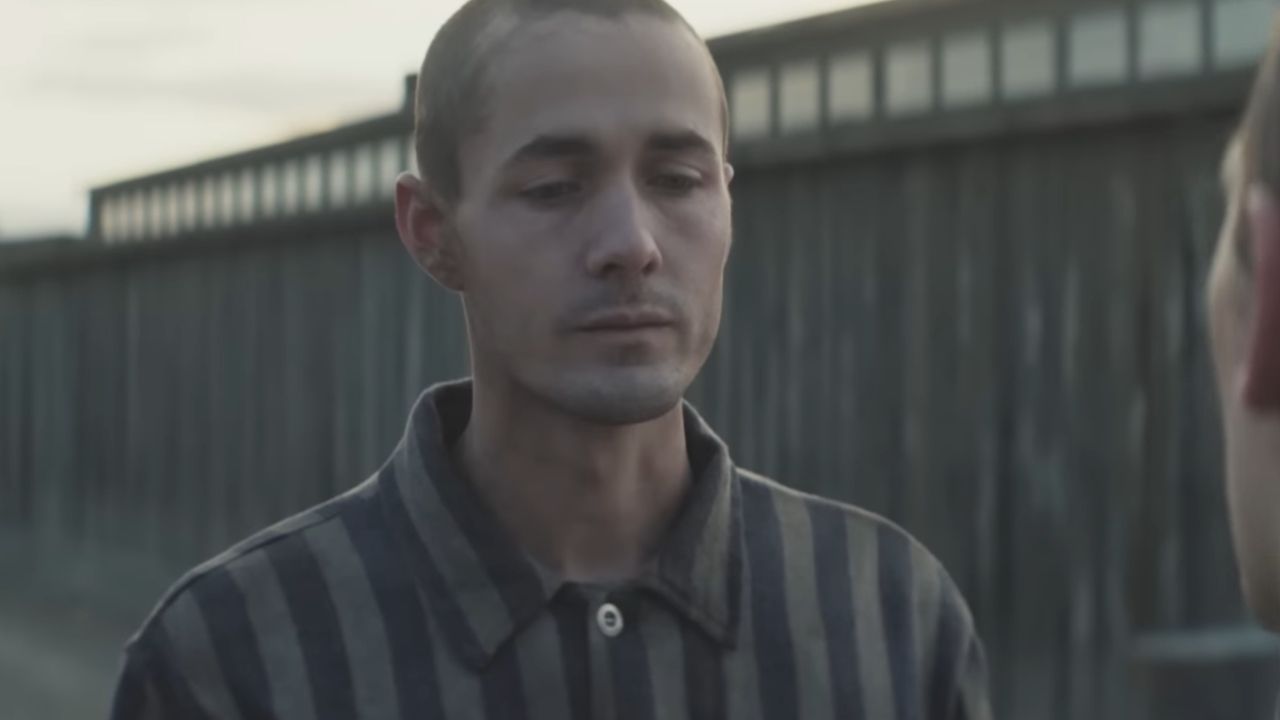
The real story of Lale Sokolov
The Tattooist of Auschwitz is a documentary based on WWII atrocities and the concentration camp, Auschwitz. The series centers on author Heather Morris as she contemplates her experiences and weighs whether to develop Lale Sokolov's memories into a screenplay or novel. It discusses how Sokolov was among those who voluntarily participated in the camp, ignorant of the overall brutality that went on, and focuses on his romance with Gita Furman.
Thus, Sokolov, also known as Ludwig Eisenberg, becomes the camp's tattooist, marking his fellow Jews with identification numbers. His own number, 32407, was recorded in Auschwitz's records. While his role underscores the Nazis' dehumanization, the tattoos serve as a lasting reminder of the survivors' experiences.
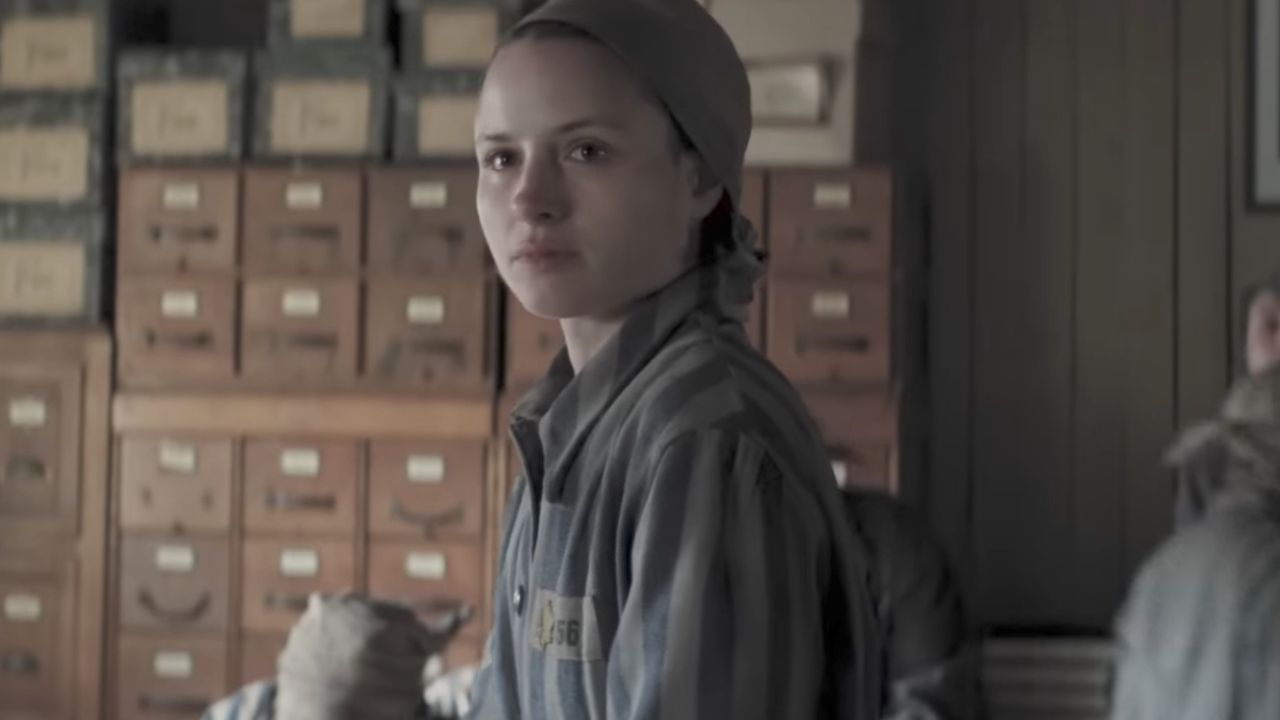
It is a love story
Morris wants to narrate an ageless, simple love story, and Sokolov probably wants it remembered that way. It is the blossoming romance born from the unlikeliest of ugliness and evil that holds together the story and makes for good drama. Their secret meetings provide a ray of hope in a tedious, dreary, and deadly existence. However, some would be satisfied with the sacrifice of the truth for a tale that was based upon true-life events.
It is for this reason that the Auschwitz Memorial Research Center recommends reading factually authenticated literature records, as the book is riddled with errors, information inconsistencies, exaggerations, misinterpretations, and understatements. The Tattooist of Auschwitz begs the question of where the line between fact and artistic license should be drawn.
As Shalom-Ezer revealed to TIME in an interview, "Ultimately, the history that we're telling is Lale's history. We believe Lale. We're going to tell his memory exactly the way that he described it." Executive producer Claire Mundell also did her best to clear the air regarding the Peacock series in an interview with Today.com, offering, "It's a drama. In the interest of the narrative, sometimes we have to make choices within the context of the way we tell the story, but it's all inspired and based on Lale's true recollections of his experience as told to Heather Morris.
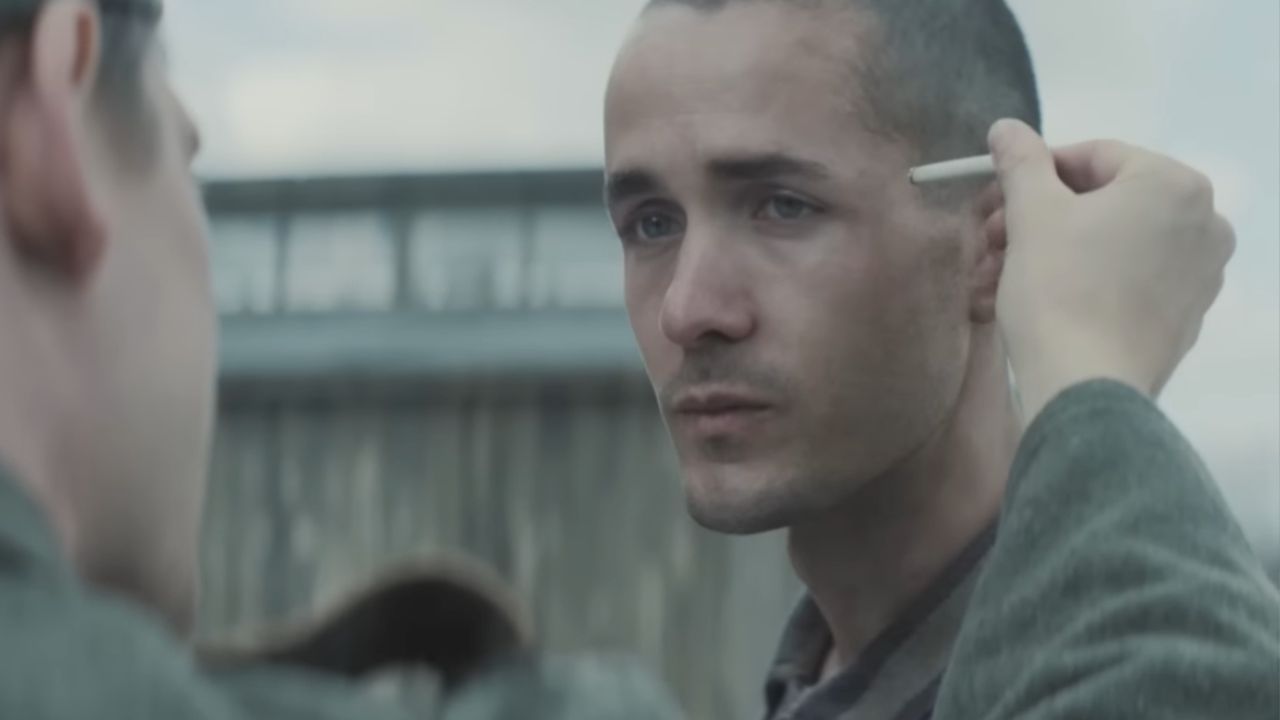
Heather Morris's love story with Lale Sokolov is a significant tale from one of the most grievous times in human history. This makes the situation unimaginable for those who suffered and died, and somewhat relatable for those viewers who never experienced such cruelty. The Tattooist of Auschwitz may be best digested when one separates the love story of these two characters from a collection of images and stories previously told on the screen, much like almost any other piece of art.
She narrates events over 60 years ago, describing inhumane acts of the Germans during the Third Reich and WWII. In making this film, Morris uses an account by Sokolov to create a narrative that is almost unbearable to view with all the details about the savagery of the Holocaust.
ALSO READ: Legally Blonde 3: Is The Movie Still Happening? Find Out





 JOIN OUR WHATSAPP CHANNEL
JOIN OUR WHATSAPP CHANNEL





